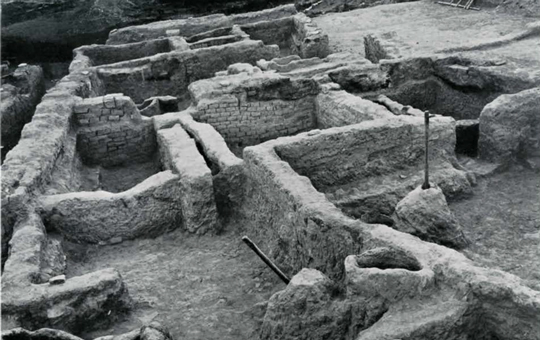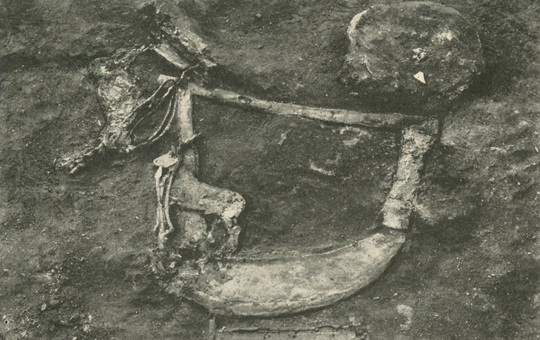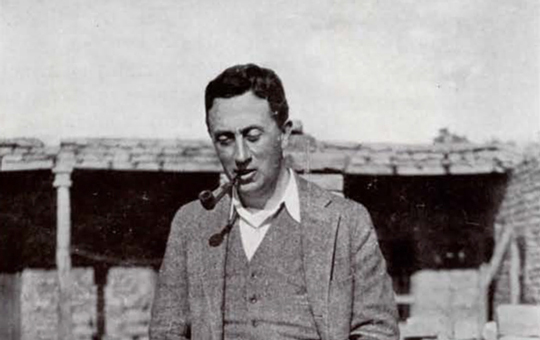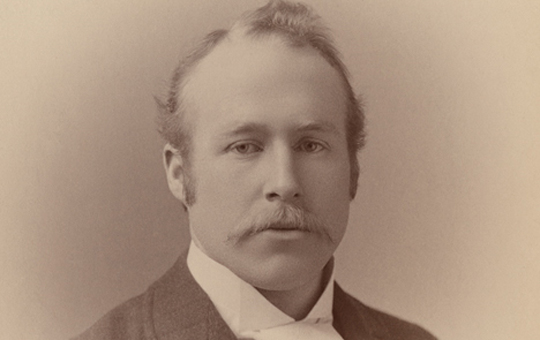The Museum Journal
Originally published from 1910–1935, the Museum Journal includes articles which may not reflect the current views and values of the Penn Museum.
The scope and purpose of the Journal make it a standard publication of merit, containing much information regarding exploration and kindred topics which cannot be had elsewhere... It will relate the history of expeditions in the field and give descriptions of all new acquisitions.

Expedition to Beth Shean
Beth Shean was to be the first major excavation in the Near East after World War I. Work began with cutting into the medieval and classical strata of the tell’s high southern platform, which uncovered evidence of an Ummayadqasr-type (palace or mansion) walled enclosure, an unusual Byzantine round church, and seven Byzantine houses. Investigations expanded to include a necropolis and Byzantine monastery near the city’s northern edge, from which came many of the artifacts currently on display.
View Articles
Joint Expedition of The British Museum and The University Museum to Mesopotamia
Ur was one of the first famous archaeological digs. The excavations uncovered some of the most well-known and celebrated art from Mesopotamia. These excavations in southern Iraq lasted from 1922 to 1934, and entranced the press and readers in the US and England with the magic of archaeology and ties to familiar biblical stories. C. Leonard Woolley directed the Joint Expedition of the British Museum and the Penn Museum, and the copious artifacts were divided between these two museums and the Baghdad Museum in Iraq.
View Articles
Leon Legrain
Legrain was an epigrapher Curator of the Babylonian Section the of Penn Museum. He specialized in cuneiform, and lent his expertise to the excavations at Ur. He published several works translating tablets, cylinder-seals, and inscriptions, and facilitated the research and display for the artifacts received from the Ur excavations.
View Articles by Leon Legrain
Robert Burkitt
Burkitt was a linguist who spent most of his life traveling Guatemala and cataloguing the Maya language and culture. He explored the Guatemala highlands, excavating and collecting artifacts for the Penn Museum, and kept meticulous records on the folklore, ritual, crafts, and language of the Maya.
View Articles by Robert Burkitt
Clarence S. Fisher
Fisher was called “the ablest field archaeologist in America,” and helped invent the “American Method” of excavation. He was Curator of the Egyptian Section at the Penn Museum, and led excavations throughout Egypt, and discovered the palace of Merenptah in Memphis.
View Articles by Clarence S. Fisher
